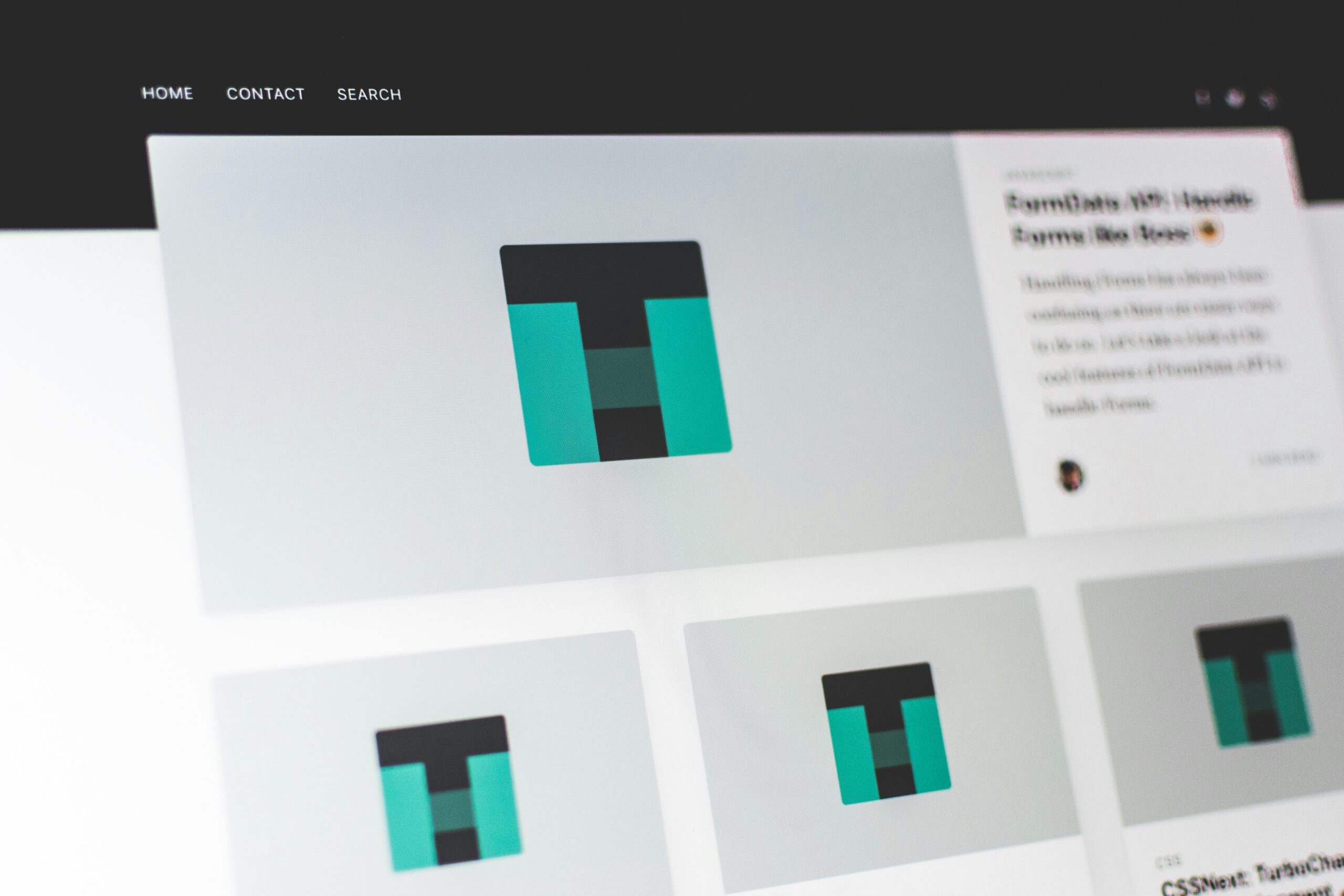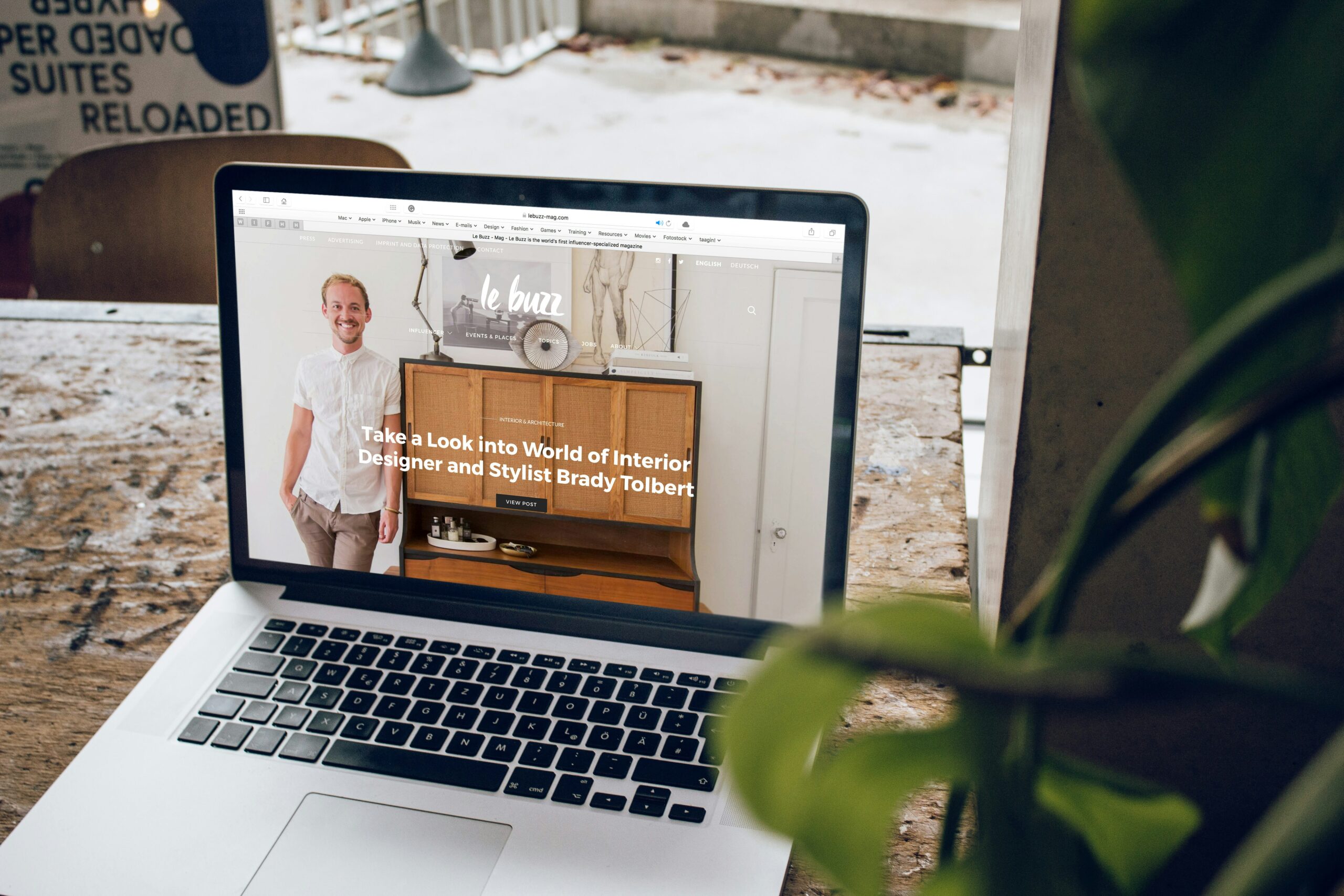Effective graphic design is the backbone of a website that not only attracts users but also ensures they navigate seamlessly and engage with content. In today’s digital landscape, businesses seeking improved online visibility and lead generation depend on strong visual communication. This article breaks down seven critical graphic design elements—supported by credible research and industry best practices—that enhance usability, reinforce brand identity, and ultimately boost website performance. Discover how factors such as visual hierarchy, typography, color scheme, layout design, responsive practices, imagery, and interactive elements work together to create a harmonious user experience.
Key Takeaways
- A strong visual hierarchy helps guide users through your site smoothly and highlights key actions.
- Clear, consistent typography improves readability and strengthens your overall brand presentation.
- Thoughtful color schemes enhance user focus, support branding, and drive interaction.
- Clean, organized layouts simplify navigation and keep users engaged across all pages.
- Responsive, interactive design ensures a seamless experience and encourages meaningful engagement.
Establishing a Visual Hierarchy That Directs User Focus

Visual hierarchy helps guide users’ attention through a website in a logical and engaging way. Prioritizing key elements like headlines, buttons, and visuals ensures users know where to look first. Structuring content from most to least important improves scanability and reduces confusion. Spacing, contrast, and size are essential tools for creating flow. A strong hierarchy helps deliver messages clearly without overwhelming visitors. When users can quickly understand a page’s structure, they’re more likely to stay and take action.
Organizing Elements by Importance
Establishing a clear order of elements helps guide visitors through a page naturally. Headlines, buttons, and imagery should be arranged to highlight what’s most important. By placing high-value content near the top and using bold visuals to draw attention, users can quickly understand where to look. This structure helps improve clarity and reduces visual confusion. When done well, it creates a smooth path through the content. A clear hierarchy also reinforces messaging and improves action flow.
Balancing Text and Visuals for Clarity
Maintaining a balance between text and visuals ensures that neither overwhelms the other. Large images, bold headings, and call-to-action buttons should stand out without overshadowing supporting text. Proper spacing, consistent font sizing, and intentional alignment contribute to a balanced design. This helps visitors absorb key messages quickly and without distraction. A clean structure encourages deeper interaction with the content. It also improves the overall feel of the site.
Creating Focal Points with Contrast
Using contrast in color, size, or shape helps emphasize key content areas. When certain elements stand out visually, they act as natural stopping points for users. High-contrast buttons or headings guide attention and increase interaction. This technique works across desktop and mobile devices when consistently applied. Effective contrast enhances visual flow and prevents users from getting lost. It’s a small detail that makes a big impact on engagement.
Crafting Typography That Aligns With Brand and Legibility Standards

Typography plays a central role in creating a clean, user-friendly interface. Choosing the right fonts and maintaining consistency across headers, body text, and buttons makes content easier to read and navigate. Line height, spacing, and font pairing contribute to clarity and flow. Good typography ensures messaging feels organized and professional. It also supports the overall brand tone visually. When executed well, it boosts user trust and keeps visitors focused on the content.
Selecting Fonts That Reflect Your Brand
Font choice is a powerful way to reinforce your brand personality. Clean, modern fonts can convey professionalism, while bold or playful styles might suit a more creative tone. Aligning typography with your brand helps build trust and recognition. Consistent font usage across all pages creates visual harmony. The right fonts help users connect visually and emotionally with your business. This consistency also enhances content credibility.
Ensuring Readability Across Devices
Legibility is essential on every screen, whether it’s desktop, tablet, or mobile. Font size, spacing, and line height must be optimized for easy reading. Avoid using too many font styles or overly decorative typefaces that slow comprehension. A well-structured typographic system helps users scan and digest content efficiently. Clear formatting improves focus and reduces strain. Making content easy to read leads to better engagement.
Pairing Headline and Body Fonts Effectively
Combining a bold headline font with a simpler body font creates a strong visual rhythm. This pairing draws attention to the main messages while keeping long text sections easy to follow. Use visual hierarchy to define levels like headings, subheadings, and paragraphs. This structure helps break content into readable chunks. The more intuitive the layout, the more confident users feel navigating it. Effective pairings enhance flow and visual appeal.
Applying Color Schemes That Influence Mood and Readability

Color schemes create atmosphere, highlight actions, and reinforce branding. A cohesive palette helps keep design consistent across all pages and elements. Contrasting colors make buttons and key content more visible, guiding users where to click. Neutral backgrounds with strategic accent colors improve readability and draw focus to what matters most. The right color balance makes a site feel polished and intuitive. Maintaining consistency helps visitors build familiarity with your visual identity.
Building a Consistent Brand Palette
Choosing a color scheme that matches your brand helps create a recognizable online presence. A defined palette includes primary, secondary, and accent colors used consistently across your site. These colors support your messaging while creating visual unity. A thoughtful palette makes your site feel more polished and professional. Repetition of brand colors also builds trust with returning visitors. It sets the tone and mood of your entire experience.
Using Color to Highlight Key Actions
Color can be used strategically to direct user attention. Call-to-action buttons, links, or banners should stand out from surrounding content. Contrasting colors help users quickly identify where to click or focus. This method improves usability and drives conversions. Highlighted elements become easier to find and interact with. When done well, color enhances clarity without overwhelming the design.
Creating Visual Balance and Contrast
Balancing bold colors with neutral backgrounds improves readability and prevents visual fatigue. Too many bright elements can be distracting, while too few can make a site feel dull. The right balance keeps visitors focused and comfortable. Use light backgrounds to make dark text easier to read, and limit your accent colors for key highlights. Consistent contrast supports both design and accessibility goals.
Designing Layouts That Organize Content and Facilitate Navigation

A well-structured layout organizes content in a way that’s easy to follow and visually appealing. Using grid systems, clear spacing, and defined sections ensures users aren’t overwhelmed. Key content should be placed where it’s most likely to be seen, like headlines above the fold or calls-to-action near scannable sections. Clean layouts simplify decision-making and enhance readability. They also adapt well to different devices. A thoughtful layout keeps users focused and moving through the site with ease.
Structuring Content for Easy Scanning
Visitors often scan rather than read every word, so content should be easy to browse. Clear headings, short paragraphs, and consistent spacing help guide the eye down the page. Grouping related items improves flow and comprehension. Thoughtful spacing avoids clutter and keeps key areas visible. Scannable layouts support faster decision-making and better engagement. This structure also adapts well to mobile screens.
Using Grids to Create Alignment and Order
Grid systems give structure to design elements and maintain alignment across sections. This consistency improves usability and helps the site feel cohesive. Grids also ensure visual balance across devices and screen sizes. Using columns, rows, and spacing guides the layout while leaving room for creativity. A clean grid makes content easier to digest. It’s a foundation that supports both clarity and aesthetics.
Placing Key Elements Where Users Expect Them
Familiar layout patterns—like logos in the top left or menus at the top—help users navigate confidently. Predictable placement improves the overall experience and reduces frustration. Key content, like contact info or CTAs, should be placed where visitors naturally look. Strategic positioning makes navigation smoother and faster. This keeps users focused on what matters most. Intuitive layouts lead to stronger engagement and better outcomes.
Incorporating Responsive Practices to Maintain Visual Consistency

Responsive design ensures your website looks and functions properly across all screen sizes. Layouts, images, and text should adapt smoothly to mobile, tablet, and desktop devices. Visual consistency helps maintain a seamless brand experience no matter how visitors access the site. Navigation and content must remain easy to use and read across all formats. Responsive practices reduce frustration and increase time spent on site. This builds trust and supports overall engagement..
Designing for All Screen Sizes
A responsive website adjusts seamlessly across desktops, tablets, and phones. Fluid layouts, flexible images, and adaptive text ensure content remains easy to read and navigate. This approach improves usability no matter how users access your site. Visitors expect a consistent experience across all devices. Responsive design prevents frustration and encourages users to stay longer. It’s essential for modern web performance.
Maintaining Consistency Across Devices
Consistency across devices helps build trust and ensures your brand message is clear. Layout, colors, and fonts should remain visually stable as the screen size changes. This stability improves the perception of professionalism. Responsive design isn’t just about shrinking content—it’s about adapting it intelligently. Users feel more confident on sites that look and work the same across platforms. A unified look supports credibility.
Optimizing Mobile Navigation and Content Flow
Mobile visitors need a streamlined experience with fast access to content. Menus should be collapsible, and CTAs should be easy to tap. Content should flow in a single column with no need for horizontal scrolling. Simplifying navigation and trimming distractions improves load times and usability. Optimized mobile layouts keep users engaged and reduce bounce rates. A mobile-first mindset ensures success across audiences.
Integrating Imagery and Icons That Reinforce the Website Message

High-quality visuals and icons support content and enhance communication. Images should be relevant, consistent with the brand, and optimized for fast loading. Icons can simplify navigation and clarify actions like contact, search, or services. Visual elements must be cohesive in style and placed with intention. Together, they help make the site feel modern, professional, and easy to navigate. Effective use of imagery keeps users engaged and supports your message.
Choosing Relevant and High-Quality Visuals
Every image on your website should serve a purpose and support your message. Use visuals that are clear, professional, and aligned with your brand style. Avoid overly generic or cluttered graphics that dilute your content. Consistency in image tone and style helps unify the design. High-resolution visuals add credibility and keep users visually engaged. Quality imagery can leave a lasting impression.
Using Icons to Simplify Communication
Icons can quickly convey meaning without needing lengthy explanations. They help guide users through the interface and clarify actions like search, contact, or share. Simple, well-designed icons support navigation and improve readability. They should match your overall design and be used consistently. A cohesive icon set strengthens the user experience. It adds visual interest while enhancing usability.
Balancing Visuals with Page Load Speed
Images and icons must be optimized to maintain fast load times. Large or uncompressed files can slow performance and frustrate visitors. Using the right file formats and compression tools helps maintain quality without hurting speed. Fast-loading visuals ensure a smooth experience for users across all devices. Prioritizing speed without sacrificing design keeps engagement high. It’s a critical part of effective web design.
FAQs
How does visual hierarchy affect user experience?
Visual hierarchy directs attention to essential content, thereby increasing engagement and conversions.
What role does typography play in website effectiveness?
Typography improves readability and brand alignment, which enhances overall user interaction and retention.
Why are color schemes important in design?
Color schemes evoke emotion, enhance readability, and highlight vital elements such as CTAs.
How can responsive design boost SEO?
Responsive design ensures consistency across devices, which positively influences search rankings and user retention.
What benefits do interactive elements provide?
Interactive features engage users actively, improving click-through rates and overall conversion metrics.
Conclusion
The graphic design elements discussed above are fundamental to creating a website that is both visually appealing and highly functional. Each element plays a pivotal role in guiding user behavior and enhancing engagement. Incorporating these best practices not only supports consistent branding but also boosts conversion rates, leading to increased traffic and revenue. Businesses that invest in expert web services and content marketing can leverage these design principles for long-term online success.
